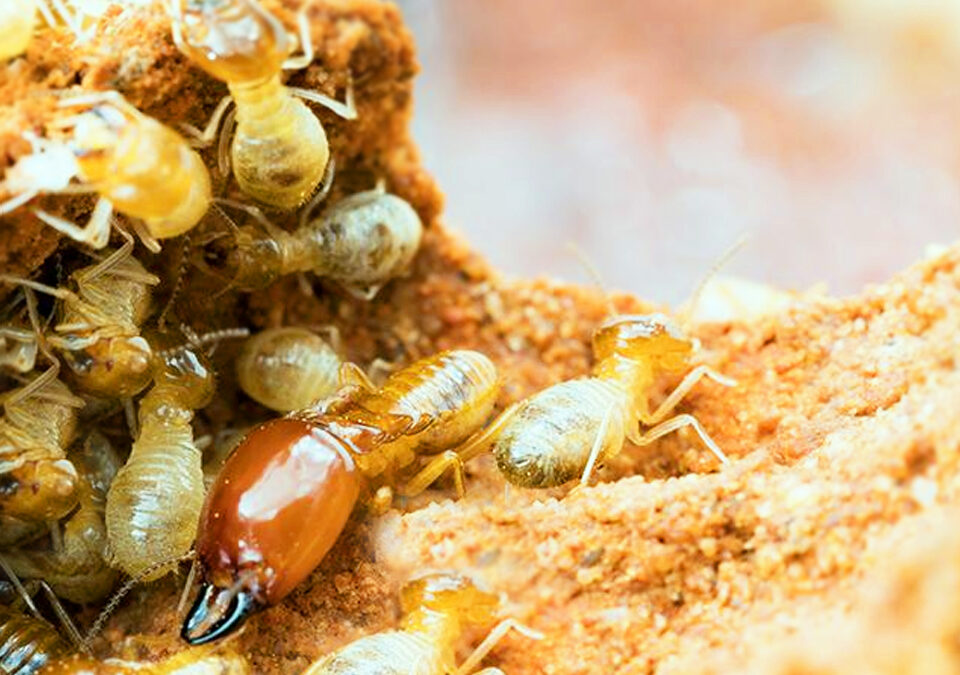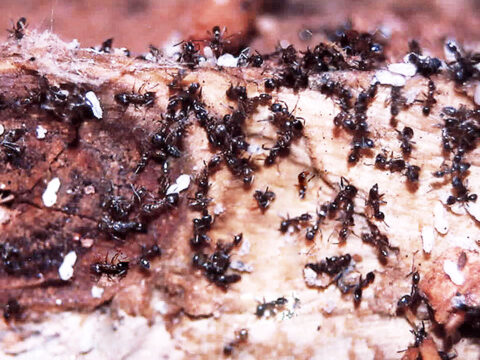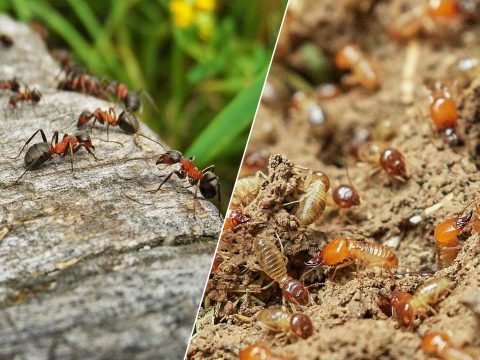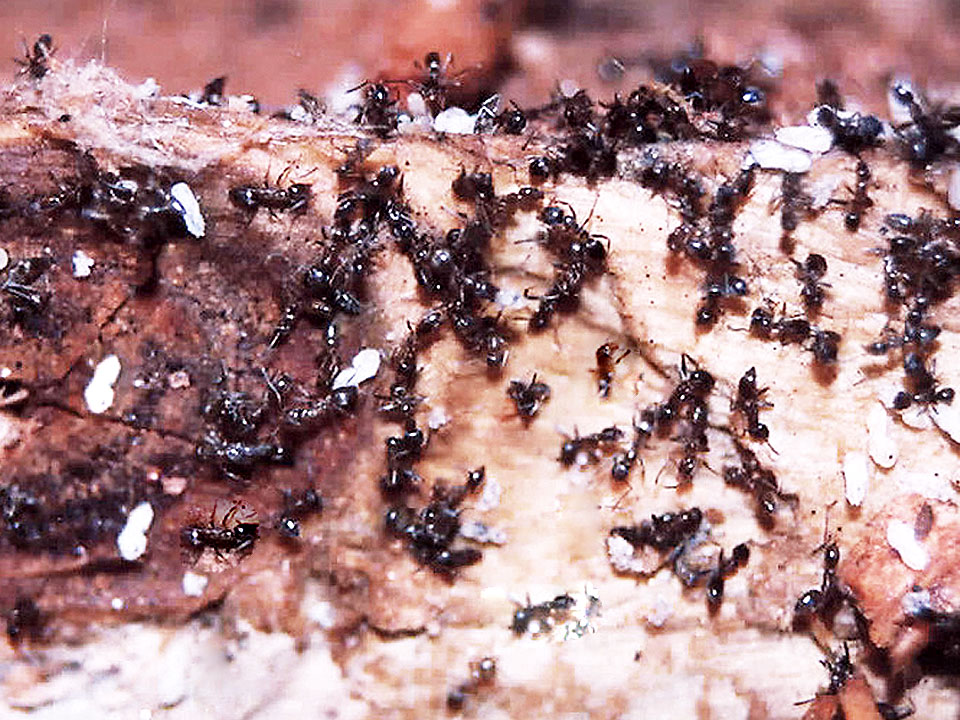
Do Termites Have Natural Predators? (Can They Aid In Pest Control?)
February 15, 2024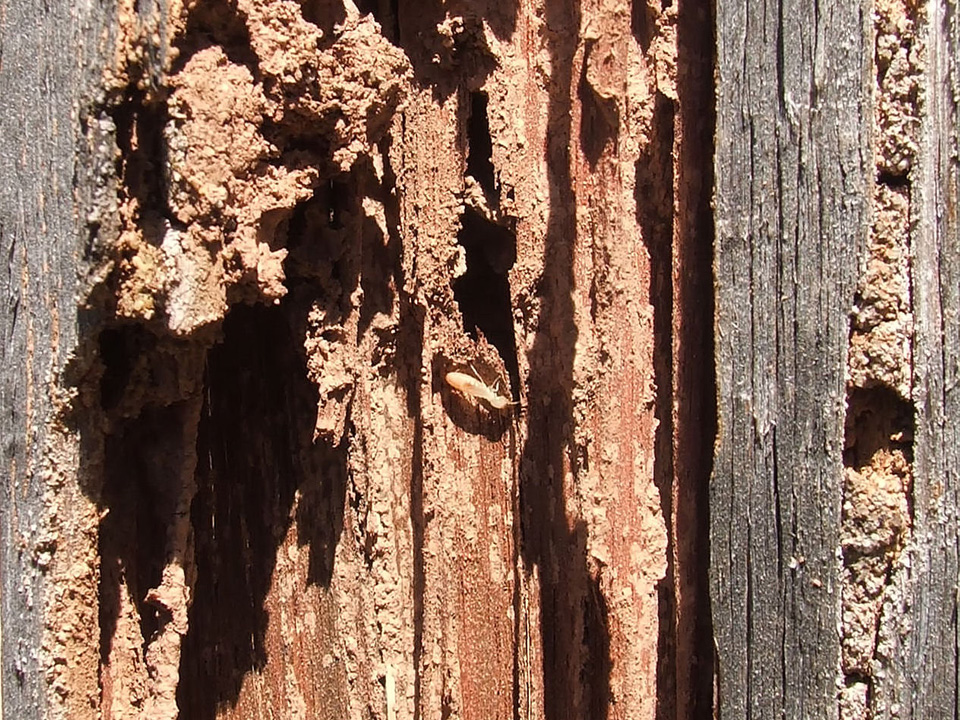
Is Termite Damage Immediately Visible? (The Truth Behind Hidden Damage)
April 19, 2024Termites are fascinating creatures with intricate communication systems. Have you ever stopped to think about how these tiny bugs manage to work together and get stuff done in those huge colonies of theirs?
Termites possess a remarkable ability to ‘talk’ to each other using various methods, including chemical signals, vibrations, and physical contact. Understanding the mechanisms behind termites communication provides us valuable insights into their behavior and opens avenues for effective termite control strategies. Keep reading to learn more!
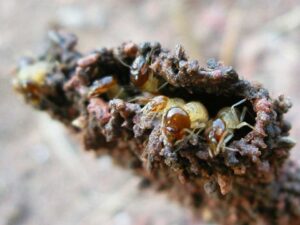 Can Termites Communicate With Each Other?
Can Termites Communicate With Each Other?
Absolutely! Termites are proficient communicators. They employ a diverse repertoire of signals to communicate vital information within their colonies.
They are all about conveying messages through chemical signals, known as pheromones. For instance, alarm pheromones are used to alert others of danger, trail pheromones to guide others to food sources, and queen pheromones to regulate the colony’s behavior. Termites also use vibrations, such as head-banging, to signal danger or alert other members of the colony of an approaching predator. Physical contact is also used for communication, especially for food transfer between termites.
What Are The Different Castes Of Termites And How Do They Communicate?
Termites live in colonies with a pretty complex social setup that governs roles and responsibilities. The system consists of the reproductive, soldier, and worker castes. The reproductive caste includes the king and queen who are responsible for reproduction. Secondary reproductives act as backup breeders. Workers perform various tasks like gathering food and tending to the nest, while soldiers guard the colony.
In general, termites are blind, so they must communicate through other means, namely through various chemical or mechanical methods.
Each caste of termites communicates through chemical signaling, i.e. by releasing pheromones, which help in recognizing nest mates, marking trails to food sources, and alerting the colony to danger.
A very common form of communication is through touching their antennas. Termites also communicate through vibrations by head-banging on tunnel walls to signal threats. In addition, termites communicate through trophallaxis, which is sharing of food and transferring nutrients and chemicals around the colony. So even though they can’t see, termites have some awesome ways of keeping in touch with each other!
How Do Termites Use Chemical Cues To Communicate?
Termites use chemical cues to communicate through a variety of methods, including pheromones and cuticular hydrocarbons. These chemical signals serve different purposes within the colony, such as communication of royal status, identification of caste members, defense against predators, and marking of food trails.
For instance, termite kings and queens produce a specific pheromone on their bodies that signals their royal status to other termites. This helps maintain the hierarchy within the colony. Worker termites also emit a pheromone to identify the location of a food source, creating a termite trail that guides their colony mates to the food source.
But it’s not just pheromones – termites also use vibrations and physical contact for communication purposes. For instance, when a termite colony is threatened, termites closest to the threat will begin to bang their heads against the colony’s walls, creating a vibration. This vibration, accompanied by the production of an alarm pheromone, alerts other termites to the danger, triggering a defensive response from the termite soldiers.
Understanding how termites use chemical cues and other methods to communicate gives us insight into their behavior and helps us develop more effective strategies for controlling and managing them.
How Do Termites Use Different Types Of Pheromones To Communicate?
Now, let’s delve deeper into the different types of pheromones that termites use for communication. Understanding these different types of pheromones sheds light on how termites communicate, coordinate their activities, and maintain their social structure within the colony.
Pheromones serve as the language of termites, helping them communicate in all sorts of situations. As we’ve explained earlier, termites use pheromones for various purposes, including communication, defense, and reproduction. They produce these chemical signals through specialized glands on their bodies.
Some of the different types of pheromones used by termites and the functions of termite pheromones include:
– Trail Pheromones
Trail pheromones are used to mark food trails that allow worker termites to guide others to food sources within the colony. When termites find a food source, they use these pheromones to mark the trail from the food to their nest. This helps other termites follow the trail back to the food source.
– Alarm Pheromones
If the colony is threatened, termites produce an alarm pheromone to alert other colony members to potential danger. This triggers a defensive response from the termite warriors who protect the colony against the threat.
– Sex-Pairing Pheromones
These pheromones are involved in reproductive communication and have been identified in various termite species. They aid in mate location and reproduction within the colony.
– Queen Replacement Pheromones
Termite kings and queens produce a specific pheromone called heneicosane that signals their royal status to other members of the colony. In the event of the queen’s death, the king can release this pheromone to call for fertile females to become the next queen. The goal here is to maintain reproductive continuity within the colony.
– Caste Regulation Pheromones
The queen can release pheromones to regulate the number of each caste within the colony. This will ensure organization and hierarchy among the termites.
– Food distribution
Termites share food through trophallaxis, which involves regurgitating food from the stomach and passing it from mouth to mouth. This process also distributes the queen’s chemical communications to the entire colony, making sure that the colony is well-informed about the queen’s status and needs.
– Marking spots
Worker termites use their sternal glands to emit a pheromone aroma to identify where the food source is located. This helps other termites find the food source easily and return to the colony without any problem.
What Are The Benefits Of Using Pheromones In Termite Control?
Let’s discuss how pheromones are essential in keeping termites in check. These chemical signals play a crucial role in termite control by influencing termite behavior and social interactions. Here’s why using pheromones in termite control is very beneficial:
Trail Marking
Termites use pheromones to map out paths to food sources, which allows for efficient foraging and resource utilization within the colony. By interfering with these chemical signals, we can disrupt their foraging routes, making it easier to target them.
Caste Regulation
Pheromones are involved in regulating the number of each termite caste within the colony. By manipulating these pheromones, we can throw off their social balance, potentially weakening the colony’s cohesion.
Defense Mechanisms
Alarm pheromones play an important role in alerting termites to danger. When danger strikes, termites rely on alarm pheromones, and defensive responses are triggered. By mimicking or interfering with these alarm signals, we can make termites second-guess their defenses and as a result, weaken the colony’s ability to protect itself.
Queen Replacement
Even the queen isn’t immune to the pheromones. These chemicals signal queen replacement in case of her death. A new queen needs to step up soon, otherwise reproductive cycles are going to be affected. Manipulating this process can potentially disrupt the reproductive cycle of the colony. This will throw the colony into chaos and lead to its destabilization and eventual decline.
In short, termites are masters of communication as they utilize chemical signals, vibrations, and physical contact to coordinate their actions within their colonies. Understanding the nuances of termite communication systems helps pest control professionals come up with smarter ways to deal with termites. They can develop innovative strategies that target these chemical cues to effectively manage and control termite populations.
If you live in Orange County, California, you should consider the services of Chem Free Exterminating. Contact us today for professional assistance in tackling your termite infestation. With our expertise and innovative approach, we offer reliable solutions to rid your property of termites and protect it from future invasions. So don’t let termites wreak havoc on your home or business! Trust Chem Free Exterminating to protect your property from these persistent critters.

